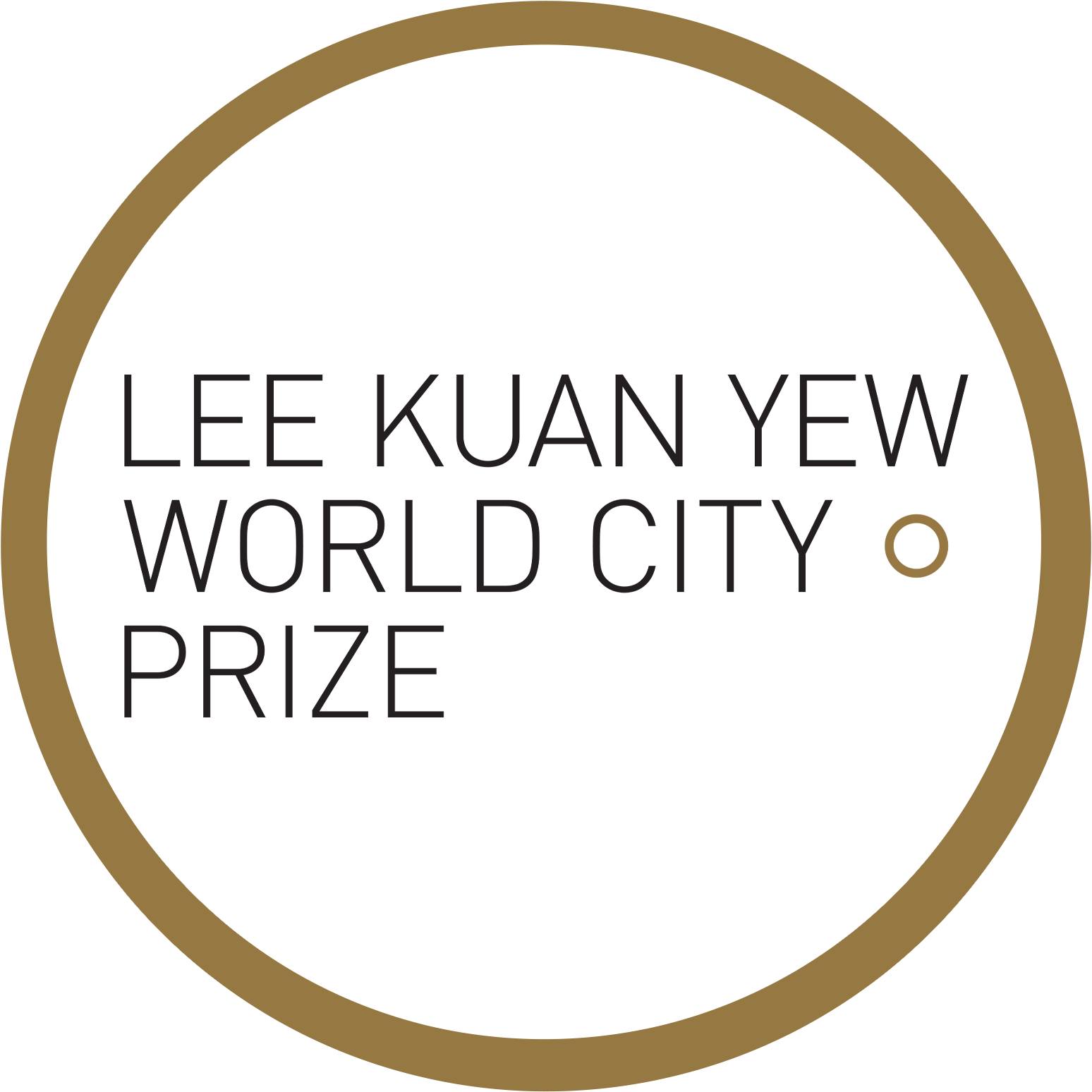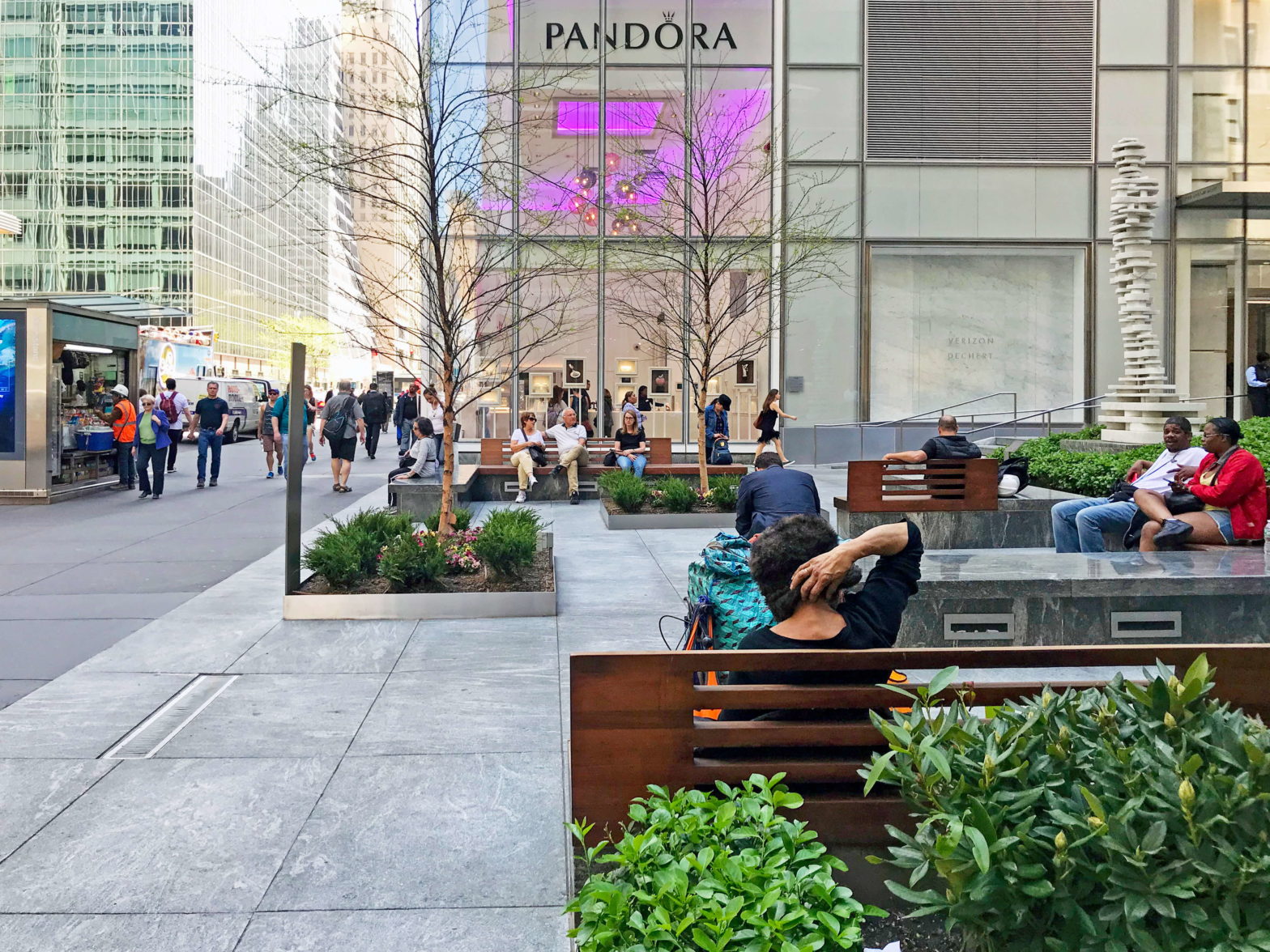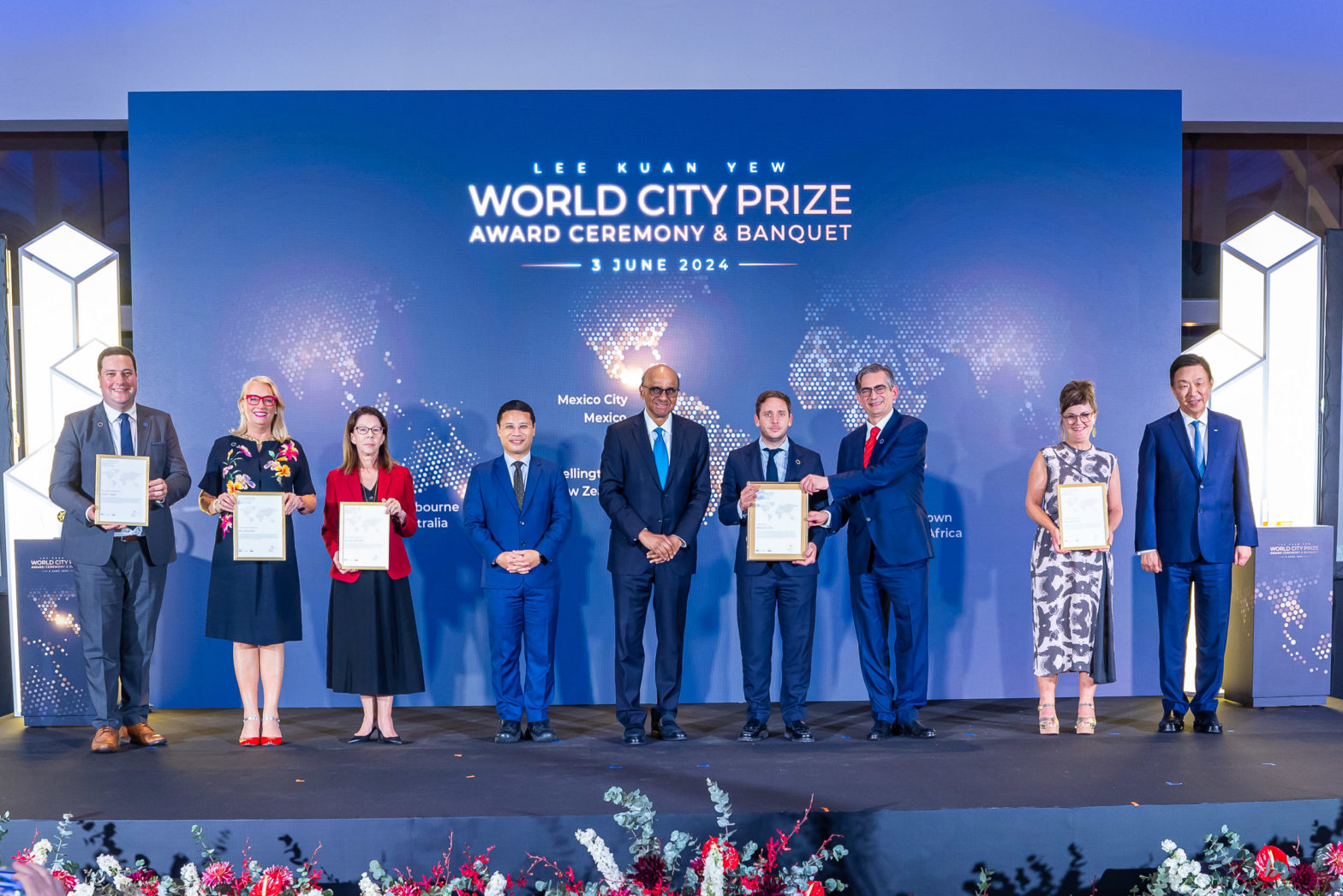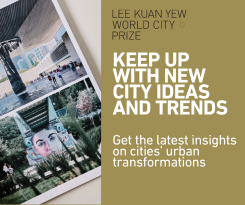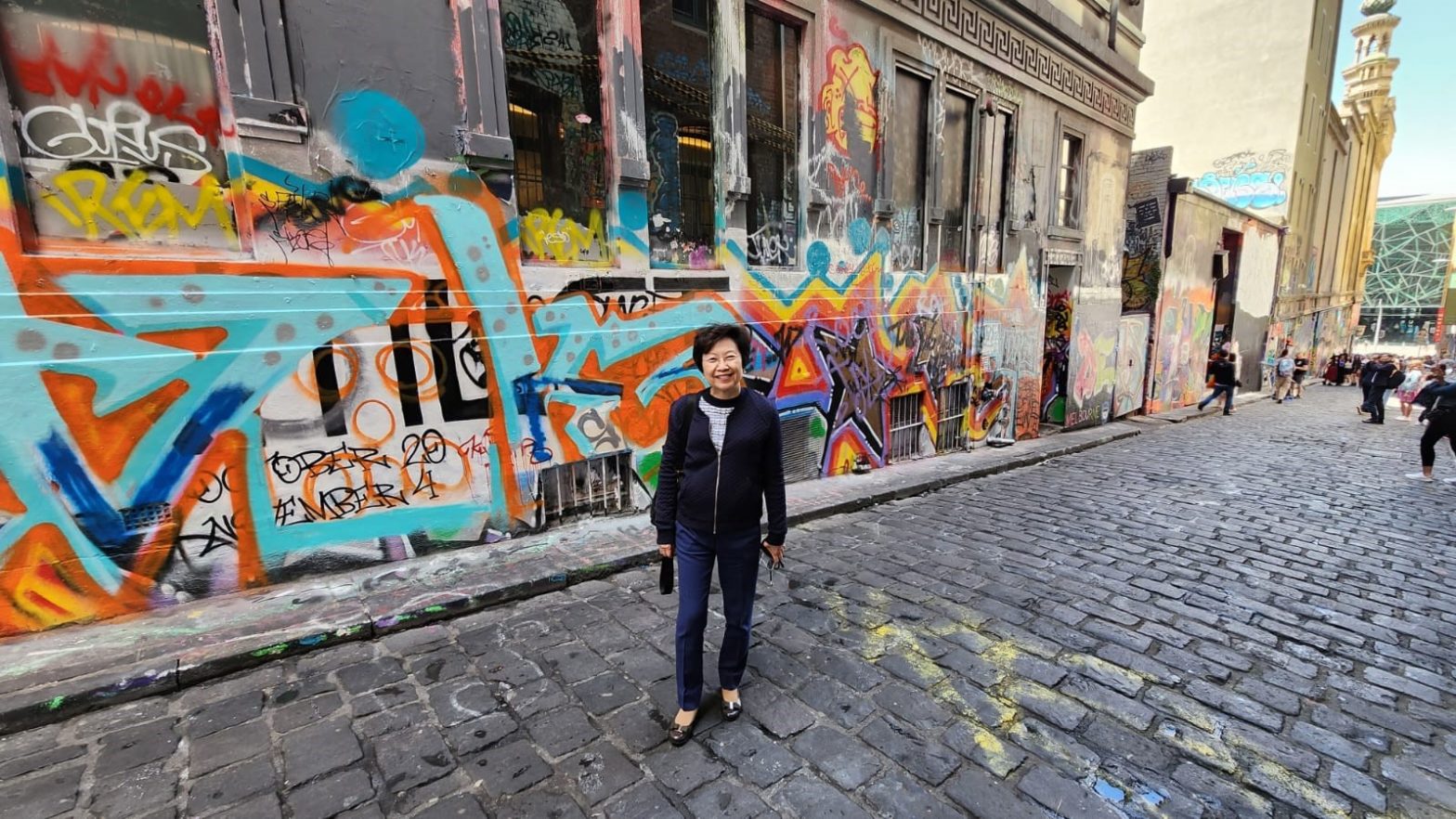
Photo: Dr Cheong at Melbourne mural_credit URA
How Singapore’s Lee Kuan Yew World City Prize is inspiring cities
27 February 2025
Dr Cheong Koon Hean, Chair of the Lee Kuan Yew World City Prize Nominating Committee and Professor of Practice at the Singapore University of Technology and Design shares her insights on the Lee Kuan Yew World City Prize – one of the first global awards established to recognise cities’ innovation efforts.
What is the significance and value of the Prize in inspiring and encouraging cities in their transformative journeys?
Cities continue to face increasingly complex challenges such as those from climate change threats, congestion, pollution, a lack of affordable housing and poor infrastructure. The Prize plays an important role in shining a light on innovative and successful cities that have implemented real, practical and innovative solutions that will inspire and motivate us to continue to create better cities for all.
What sets the Prize apart is its focus on recognising cities’ longer-term efforts to positively impact their urban environments and the quality of people’s lives. We are not looking at isolated projects or one-off achievements but integrated efforts that are more transformative, impactful and sustained.
Having recognised seven Laureate cities and 22 Special Mentions since 2010, the Prize is in a unique position to offer a rich repository of ideas, solutions and inspiring stories that cities can learn from and aspire towards. It is not about recognising perfect cities and their achievements. The Prize is inclusive in recognising cities’ progress and evolution at different stages of their journeys and at different levels of development.
The process of applying for the Prize is a robust one as cities must justify their achievements. To a certain extent, the process of the application is in effect a ‘self-audit’ of the city. Some cities have feedback that by applying for the Prize, they were able to reflect on the strengths and weaknesses of their city planning and management processes and it spurred them on to address gaps and make improvements, regardless of whether they win the Prize.
As we work collectively to tackle our many urban challenges together, the Prize serves as a beacon of hope in not only recognising and celebrating cities’ achievements, but also spurring them on to keep learning, growing and pushing their boundaries.
Can you tell us more about the evaluation process and the different perspectives that the judges bring in finding the best city efforts. What are the fundamental qualities and considerations that the Prize is looking for?
The Prize has a two-tier evaluation process involving a Prize Council and a Nominating Committee. The Nominating Committee reviews and recommends the final recommendations for the Prize cycle every two years, and this shortlist is assessed and endorsed by the Prize Council. Both the Council and the Nominating Committee are made up of a diverse range of established urban experts and professionals from around the world.
The evaluation process is rigorous and thorough. For shortlisted cities, the Nominating Committee members will visit each of the cities to assess their efforts and initiatives first-hand. We ensure that we visit a diverse range of projects and engage with local leaders and stakeholders to better understand the city’s efforts and to assess their impact. Each Nominating Committee member has a different area of expertise and background, bringing a different lens and perspective in evaluating all aspects of the cities’ improvements.
We are interested in looking at cities’ efforts from the governance, scalability and innovation perspectives. For governance, we assess whether cities have strong leadership, foresight, commitment and robust processes, including longer term planning and effective administrative structures to implement significant enhancements and be able to sustain their progress despite leadership changes. For innovation, we see how their urban initiatives are making positive improvements to the quality of their urban environments and people’s lives and setting new benchmarks for urban living. Looking at scalability, we assess whether their practices and ideas can be replicated and adapted for the benefit of other cities.
Can you share examples of projects and initiatives of cities you have visited as part of the Prize that were insightful and memorable for you?
Every Laureate and Special Mention city has taught us invaluable lessons. For example, Bilbao and Medellin were ‘turn-around’ cities. Bilbao picked itself up from a devastating flood episode and embraced good design to transform both physically and culturally to become an attractive city. Medellin, once described as the ‘homicide capital of the world’, worked hard to improve the lives of its low-income people through low-cost solutions such as the use of the cable car for affordable transportation. It cleaned up crime and pivoted to a knowledge economy. Suzhou, an ancient historic city, is an excellent example of how to balance the safeguarding of heritage with economic growth through good urban planning.
Several cities placed caring for the environment and managing climate threats as high priorities. Vienna’s engineering feat in creating a parallel Danube waterway for flood mitigation and the careful management of water has safeguarded water quality downstream for other cities. Auckland’s successful efforts to bring back native flora and fauna and biodiversity shows us that it is possible to restore the earth’s natural eco-system. Cape Town is a good example of how to harness collective action and cooperation to overcome a serious water shortage crisis.
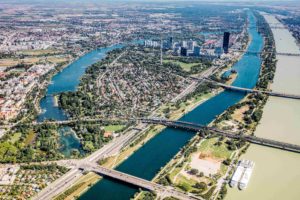
Even mature cities have their struggles over time. New York’s strong leadership was critical to help it overcome crime in the 1990s. Significant improvements were made to the city through public and private partnerships and innovative ideas. Both New York and Seoul also placed great emphasis on citizen engagement, working to harness ideas from the community and to build social consensus in the planning and management of the city.
What are your hopes and aspiration for the Prize in the future?
I hope that the Prize will continue to inspire cities to keep growing and innovating in creating more liveable and sustainable cities and communities around the world.
More than just being a source of inspiration, the Prize has the potential to further encourage and foster more active discourse and collaboration amongst cities to come together and support one another in finding viable and effective solutions to address both global and local urban challenges.
Applications for the Lee Kuan Yew World City Prize 2026 cycle are open for nominations until 31 May 2025. Follow the Prize’s LinkedIn page to get the latest city trends and ideas.


